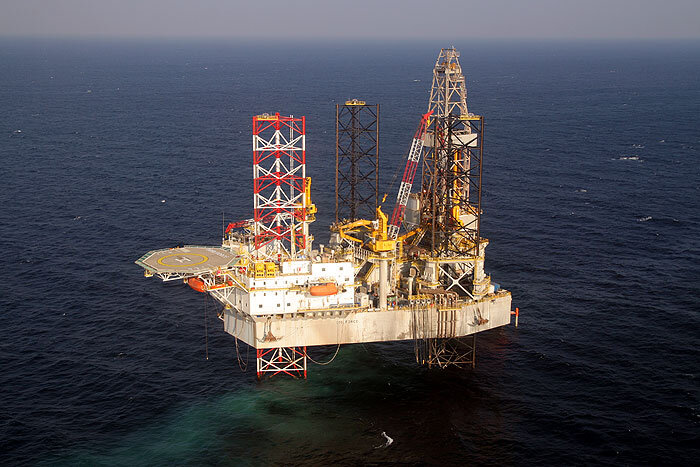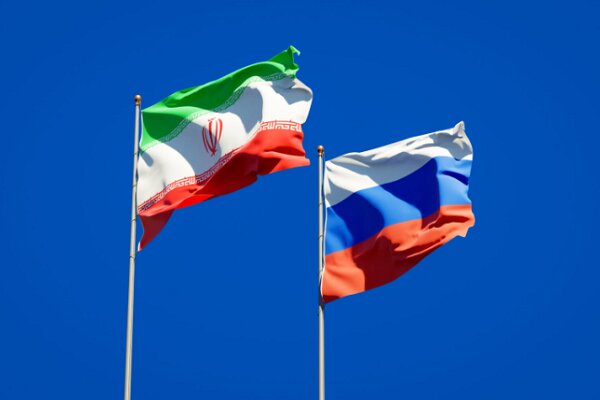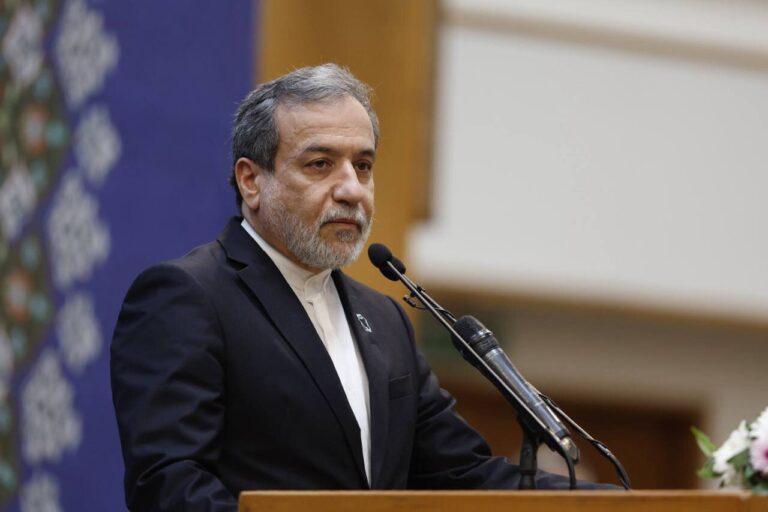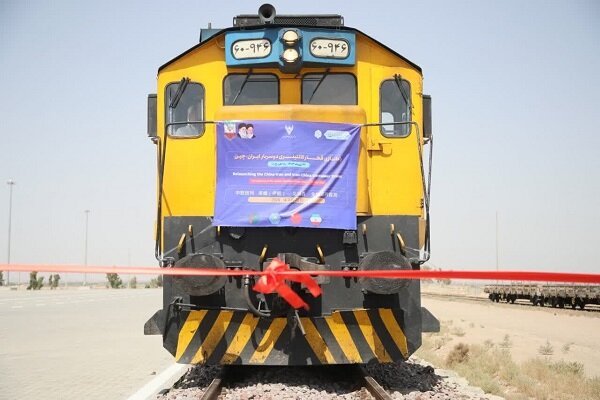South Pars Gas Extraction Soars to 716 mcm Daily: NIOC Reports Record Production Levels
The National Iranian Oil Company (NIOC) has achieved a significant milestone in oil extraction, highlighting its commitment to maximizing the potential of the South Pars field. On February 13, 2024, the CEO of NIOC announced an impressive daily extraction rate of 716 million cubic meters from this vital natural gas field located in the Persian Gulf.
The South Pars gas field, one of the largest in the world, plays a crucial role in Iran’s energy sector. The record extraction rate not only underscores the technical capabilities of NIOC but also reflects the strategic importance of the South Pars field for Iran’s economy.
Key Highlights of NIOC’s Announcement
- Record Extraction Rate: The NIOC’s daily extraction from the South Pars field reached an unprecedented 716 million cubic meters.
- Strategic Importance: This milestone emphasizes the significance of South Pars in meeting domestic energy needs and contributing to export capabilities.
- Technological Advancements: The achievement is a testament to the advanced technologies employed in gas extraction and processing.
- Economic Impact: Increased extraction rates are expected to bolster Iran’s economy amid ongoing challenges.
This remarkable achievement by the NIOC is not just a technical feat, but it also has far-reaching implications for Iran’s energy landscape. The South Pars field is shared with Qatar, which also exploits the resource-rich area, making it a competitive zone for natural gas extraction.
The South Pars Gas Field: An Overview
South Pars, known as the world’s largest gas field, is located in the Persian Gulf and spans an area of approximately 3,700 square kilometers. The field is divided into several phases, each aimed at developing different aspects of gas extraction and production.
Here are some key points about the South Pars gas field:
- Joint Development: The field is a joint venture between Iran and Qatar, with both countries competing for resources.
- Natural Gas Reserves: Estimates suggest that South Pars contains about 14 trillion cubic meters of natural gas, which is critical for both domestic consumption and export.
- Phased Development: The gas field’s development is divided into multiple phases, each focusing on specific extraction techniques and production targets.
As the NIOC continues to enhance its extraction capabilities, it aims to solidify Iran’s position as a key player in the global energy market. The economic implications of this extraction milestone are significant, as natural gas exports are a vital source of revenue for Iran.
Future Prospects for NIOC and South Pars
Looking ahead, the NIOC is focused on further increasing production and exploring new technologies to enhance efficiency. The company is also addressing challenges such as international sanctions, which have impacted the oil and gas sector.
Key strategies for the future include:
- Investment in Technology: Emphasizing the need for advanced extraction technologies to improve efficiency and reduce costs.
- Expansion of Infrastructure: Upgrading existing infrastructure to support increased extraction and processing capacities.
- International Collaboration: Seeking partnerships with foreign companies to share expertise and resources.
The NIOC’s record extraction is a promising sign for Iran’s energy sector, indicating resilience and adaptability in a challenging environment. The commitment to maximizing the potential of the South Pars field is crucial for ensuring energy security and economic stability in the country.
In conclusion, the announcement of a record daily extraction of 716 million cubic meters from the South Pars gas field demonstrates the National Iranian Oil Company’s ongoing efforts to enhance its production capabilities. With a focus on technological advancements and strategic planning, NIOC is poised to play a pivotal role in shaping the future of Iran’s energy landscape.






